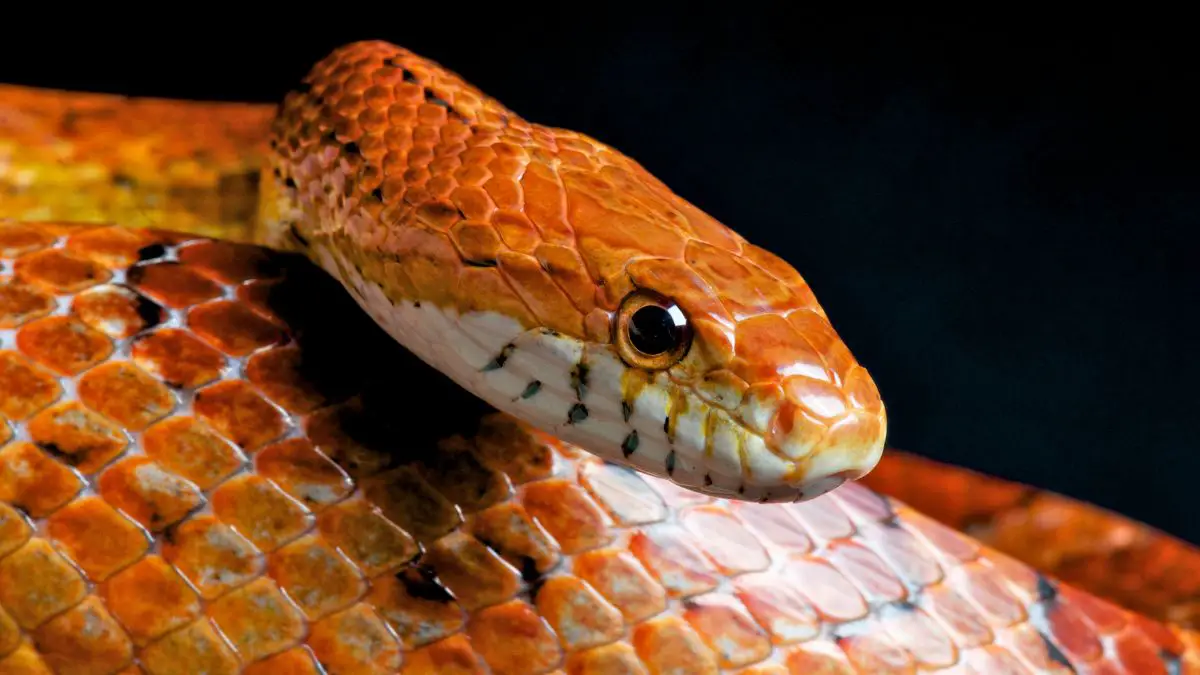When cut in half, three reptiles cannot regenerate: Snakes, crocodiles, and chelonians. However, many lizards, geckos, and iguanas (but not all of them) have a strong ability for regeneration. They frequently regenerate a portion of their tail after losing it for survival. Researchers recently used TACC’S supercomputers to explore the assumptions underlying how Burmese pythons regenerate their organs after a meal.
Do Snakes Regenerate If Cut In Half?
You ever think what would happen if you cut a snake in half and wondered if the snake would survive?
There are numerous myths and misperceptions about snakes in society. Snakes are among the amazing creatures in animals that have existed for millions of years. They exist in various sizes and shapes and are found across all continents, excluding Antarctica.
There is still a lot that people don’t know about snakes despite their widespread presence. Whether or whether a snake can survive after being cut in half is a common question.
Sadly, the answer is negative regarding snakes’ regeneration after being cut in half. When you cut the snake in half, both parts of the snake will perish from blood and nerve function loss.
However, depending on the type of species and how it was cut, the results could differ significantly. Unfortunately (or not), the snake is not like a worm and is killed whenever cut in half.
However, remember that this is among the cruellest snake-killing methods. Even though the snake may appear dead after being cut in this way, the snake’s brain will continue to suffer extreme pain for up to an hour after the cut.
While many snakes can regenerate broken body parts, this isn’t always the case. This may be the case that depends on the type of snake and the nature of the injuries. Snakes have body segments that resemble insects.
If snake cuts immediately before or close to a portion, it can function independently of its body. This explains why the head is still looking for prey, and one side can still move. It contains most of the body’s organs, such as the heart and stomach, while the reproductive system and intestines are found in each segment.
Snakes cut in half usually die because they cannot regenerate any body parts once they have been separated. A snake’s head can cause stopping the snake’s blood supply and cause it to expire after a minute.
Some snake species, including pythons and boas, have grown with incredibly specific qualities to support their survival. One of these characteristics is regional heterothermy, which allows them to modulate their body temperature by moving between warmer and cooler areas. A snake can survive being cut in two because it can control its temperature. Depending on how frequently it was wounded and how quickly medical help was provided, a snake that has been cut could also be saved.
Can Snakes Regenerate Their Tail?
Only the glass snake is a legless lizard. Snakes don’t have the quick detach tail like a lizard and will die slowly if much of their tail is severed.
The size of the tail can differ significantly across snake species. Depending on the snake species, the tail might be relatively small and performs a limited function overall. It takes a little more knowledge to comprehend what a snake’s tail looks like and where it starts and stops.
The size of the tail can differ significantly across snake species.
Depending on the snake species, the tail might be relatively small and performs a limited function overall. It takes a little more knowledge to comprehend what a snake’s tail looks like and where it starts and stops.
Body parts cannot regenerate in snakes. Because legless lizards lack hinged jaws, they favor smaller prey. When attacked, they can cast off a portion of their tail due to holes along their spinal bones. The front part of their bodies contains all their major organs; therefore, removing their tail does not leave them helpless.
They can only grow a new tail once in their lifespan, and it won’t have a spine. “glass snake” and “joint snake” relate to legless lizards because they frequently have numerous sections to their tails.
How Do Snakes Heal From Cut?
It’s important to determine what kind of injury your snake has incurred to give the appropriate care before you start worrying about whether it will fully recover. When snake lovers are aware of the extent of the damage and know how to treat it, their pet has a far better chance of recovering fully.
Snakes can cause rapid recovery from their wounds if cuts and other wounds are cured with care, compassion, and no additional abnormalities. The task becomes simpler if you are completely informed about snake healing and the procedures involved.
Your snake will heal from its wounds faster if you keep the wound clean and monitor out for infection symptoms. Further injuries can be avoided by giving your snake a secure environment to live in and feeding the snake freely.
Give the proper care and attention; snakes can have long, fulfilling lives.
Conclusion
Snakes are not able to regenerate. If the snake is cut into two parts, the outcomes will also lead to serious injury to the snake or death. When the snake is torn into pieces, its wounded and separated area might die, but the snake’s brains will face severe injury and extreme pain even after one hour of its cut.
And this is a complete misconception and a myth that snakes can regenerate after being cut in two. As far as concerned about the healing of wounds of the snake, snake lovers have to pay serious attention to the cure. The first thing is to determine the injury your snake has faced. Then after that, you can give him proper care and medication.
Your injured snake will start frequent recovery from the wounds; you just have to give him a protected environment to live and feed properly.


